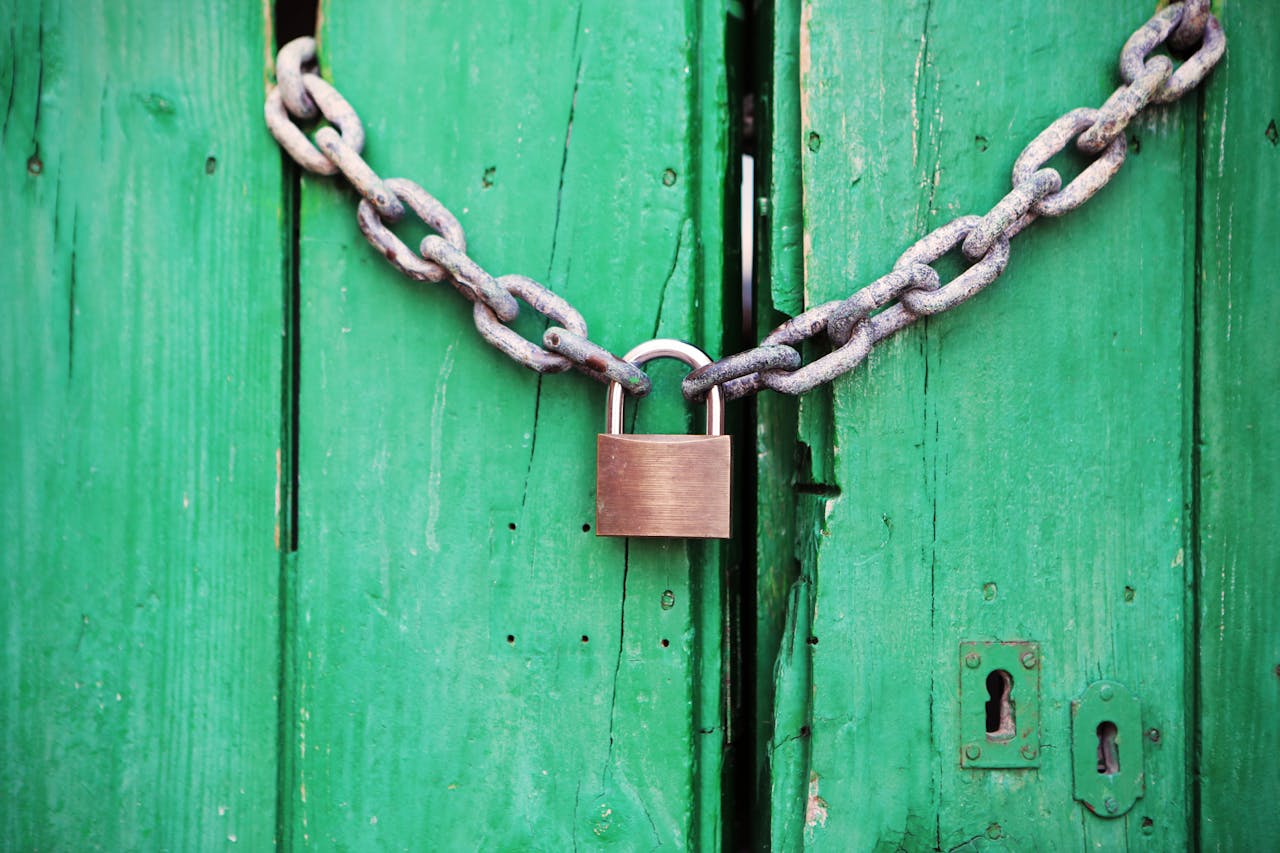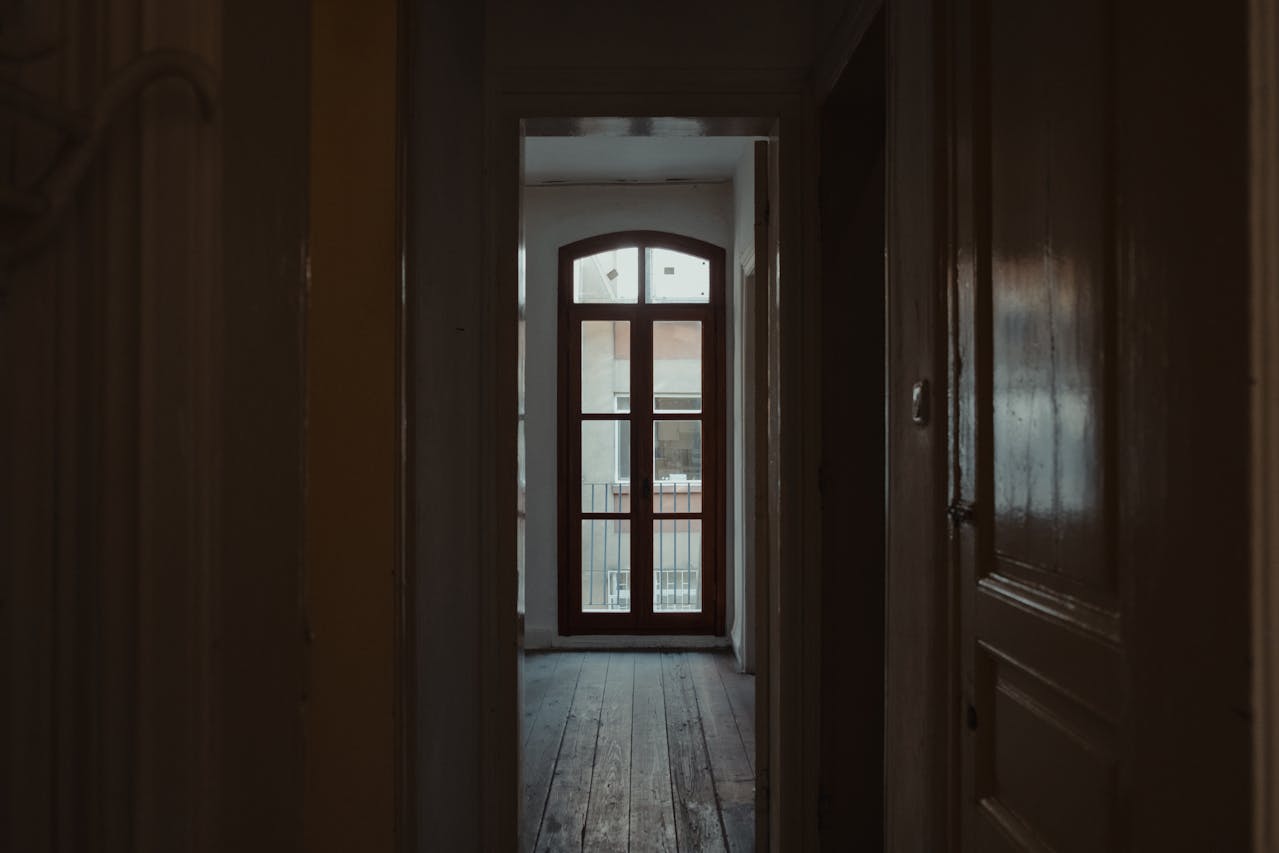While retirement is an exciting milestone to look forward to, it can bring challenges as well. Many people might face new financial circumstances after retirement. People who pay or receive spousal support may find their financial situation changed in a significant way. How does retirement affect spousal support? This question is answered in a recent decision from the Ontario Superior Court of Justice.
The separation agreement and retirement
The couple were married for 22 years before their separation in 2001. They consented to a spousal support order five years later in 2006. The order required the husband to pay $1,000 per month for what the court described as “an indefinite period of time.”
The husband retired from his job in in November 2013. This caused his employment to drop from $104,000 per year to $48,000 per year. As a result, he brought a motion to change seeking to terminate his support. This motion was dismissed, a result he appealed, stating the motions judge erred in failing to find his retirement to be a material change in circumstance, and that having already paid out a portion of his pension, the wife would benefit from “double-recovery” if he still had to pay spousal support.
Determining if retirement is a material change in circumstance
The first issue the court looked at is whether retirement could amount to a material change in circumstance. The husband told the court that his retirement was a result of depression he suffered from. However, the husband had failed to mention this in his original application. He also failed to provide medical records to support his claim. The court also noted that he did not apply for long-term disability rather than retirement. Had he done so, he could have maintained a higher income than he received when retiring.
The motion judge also found that the husband had failed to provide an accurate picture of his financial situation.
Ultimately, the motion judge found that the husband had retired in order to pay less spousal support, writing,
“While (the husband) may have been stressed and/or depressed that he was paying spousal support, that is an unfortunate reality of life. The Court realizes that his reality is that he retired at 55 and moved across the country, is staying in shape, is mountain climbing, has purchased a new house and is engaged to be married. Given these facts there may be a change of circumstances, but it is not considered enough to be a material change in circumstances warranting the termination of spousal support.”
The court agreed with the motion judge’s finding, adding that a 2004 decision from the Ontario Superior Court of Justice had stated, “a support payor cannot choose to be voluntarily underemployed whether by retirement or otherwise and thereby avoid his or her spousal support payment obligations.”
What about double-recovery?
The court agreed with the motion judge’s finding here as well, writing, “This current situation is a product of (the husband’s) own making. He chose, through voluntary retirement, to live on pension income rather than his previous employment income. It could be said that the effect of the motion judge’s decision was to impute employment income to (the husband). Theoretically, the support is being paid from the imputed income rather than the pension income. However it is characterized, we agree with the motions judge that (the husband’s) retirement should not operate as either a sword or a shield – it should not, in the circumstances of this case, immunize him from ongoing support payments.”
To speak with an experienced Windsor family law lawyer about divorce and/or spousal support, call 519.973.1500 or contact us online. We serve clients in Windsor, Essex County and throughout the region.
 ">
">


